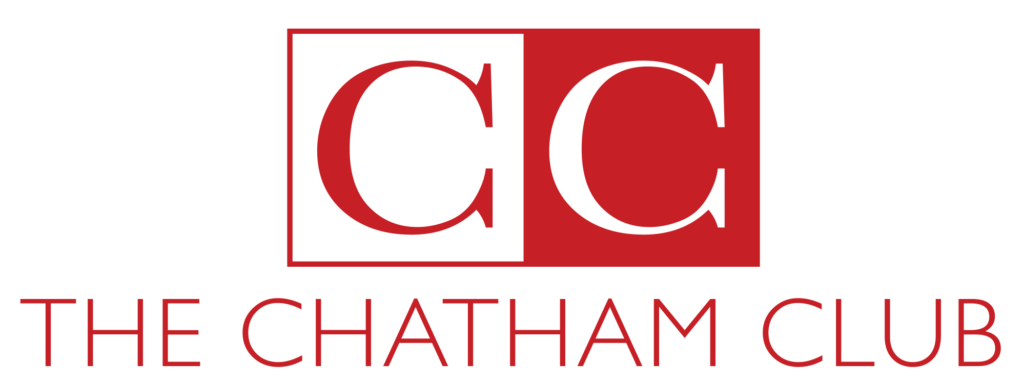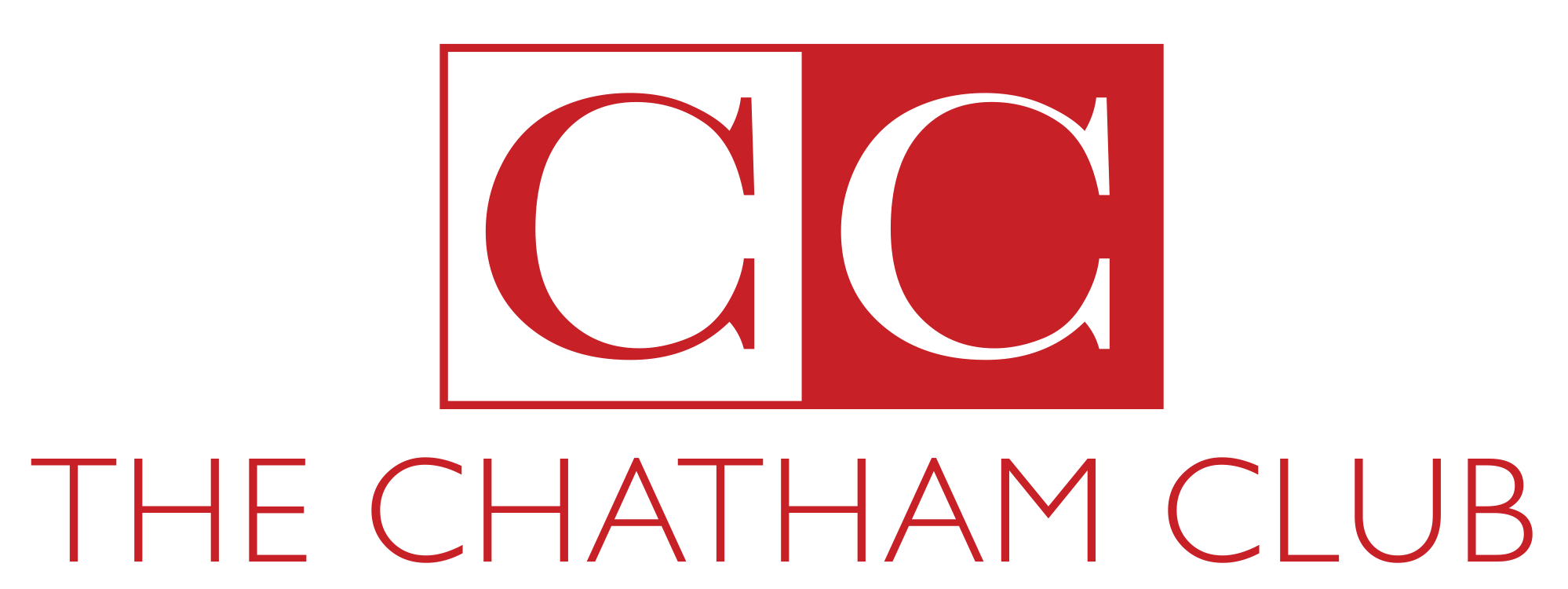
While both cardiovascular and strength training aid in weight loss, strength training promotes lean muscle growth. Muscle tissue is highly metabolic, allowing the body to burn more calories than any other tissue. This is why strength training is so effective: it burns calories while losing fat.
It also allows for the “after-burn” – Excess Post-Exercise Oxygen Consumption (EPOC) effect. EPOC is best stimulated by strength training because it focuses on intensity rather than duration. When you’re in after-burn, your body is attempting to return to your pre-exercise state while using a lot of energy in the process. This happens after your workout, and you’re breathing heavily.
After a strength training session, you get the after-burn, but you also get an increase in your Resting Metabolic Rate (RMR). Strength training is necessary for weight loss because it builds muscles, which are more thermally active than fat. The best way to increase your RMR is with the help of muscles. Why is RMR critical for weight loss? There are three main components of your Total Daily Energy Expenditure (TDEE):
- Thermic effect of food
- Exercise
- Resting metabolic rate
Your RMR makes up 60 to 70 percent of your daily calorie expenditure, so increasing this number would make a big difference among these three.
Cardio should always be a part of your workout routine; it should just not be your whole workout. You will need cardio to aid you with weight loss, improve cardiovascular health, and uncover the beautiful muscles you’ve sculpted.
If you’re new to strength training or would like some guidance around where to start, please connect with one of our trainers. They are always willing to help.

